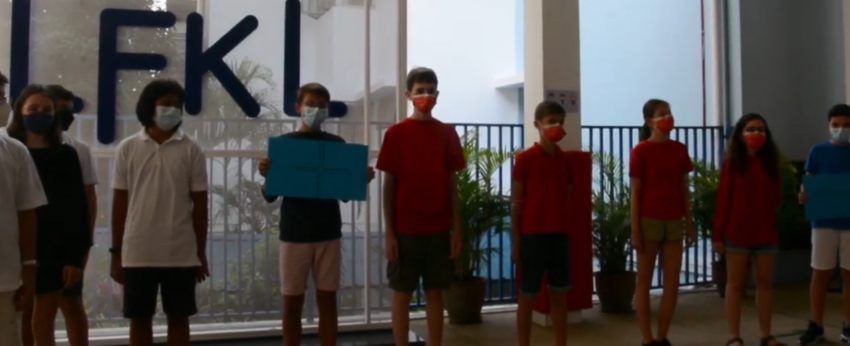The Year 9 students were on stage!
Chemical transformation is a subject part of the Cycle 4 and beyond.
When an experimenter performs a chemical transformation, he uses reagents and manufactures products. Each reagent and each product consists of a type of atom or an assembly of atoms. It is therefore easy to “summarize” the reaction by making a balance sheet called the reaction equation. Chemical transformation involves the reorganization of atoms present in reactants into one or more different molecules in products.
However, the teaching of chemical transformation highlights many difficulties:
– At the macroscopic level: difficulties in conceiving what a chemical substance is, difficulty in conceptualizing a chemical transformation in terms of changing the nature of chemical substances, difficulty in perceiving the conservation of mass during a chemical transformation;
– At the microscopic level: difficulties in using the notion of particles (atom, molecule, ion) to represent the matter and its transformations, difficulties in perceiving the conservation of atoms and their rearrangement during a transformation;
– At the level of symbolic representation: difficulties in understanding what the formulas of chemical species represent, difficulty in writing, reading a reaction equation and understanding what it represents both at the macroscopic and microscopic levels;
– At the level of quantitative treatment of chemical transformation: difficulties with the meaning of stoichiometric coefficients.
To overcome some of these difficulties, our students decided to create 3 examples of chemical transformations through scenes.



